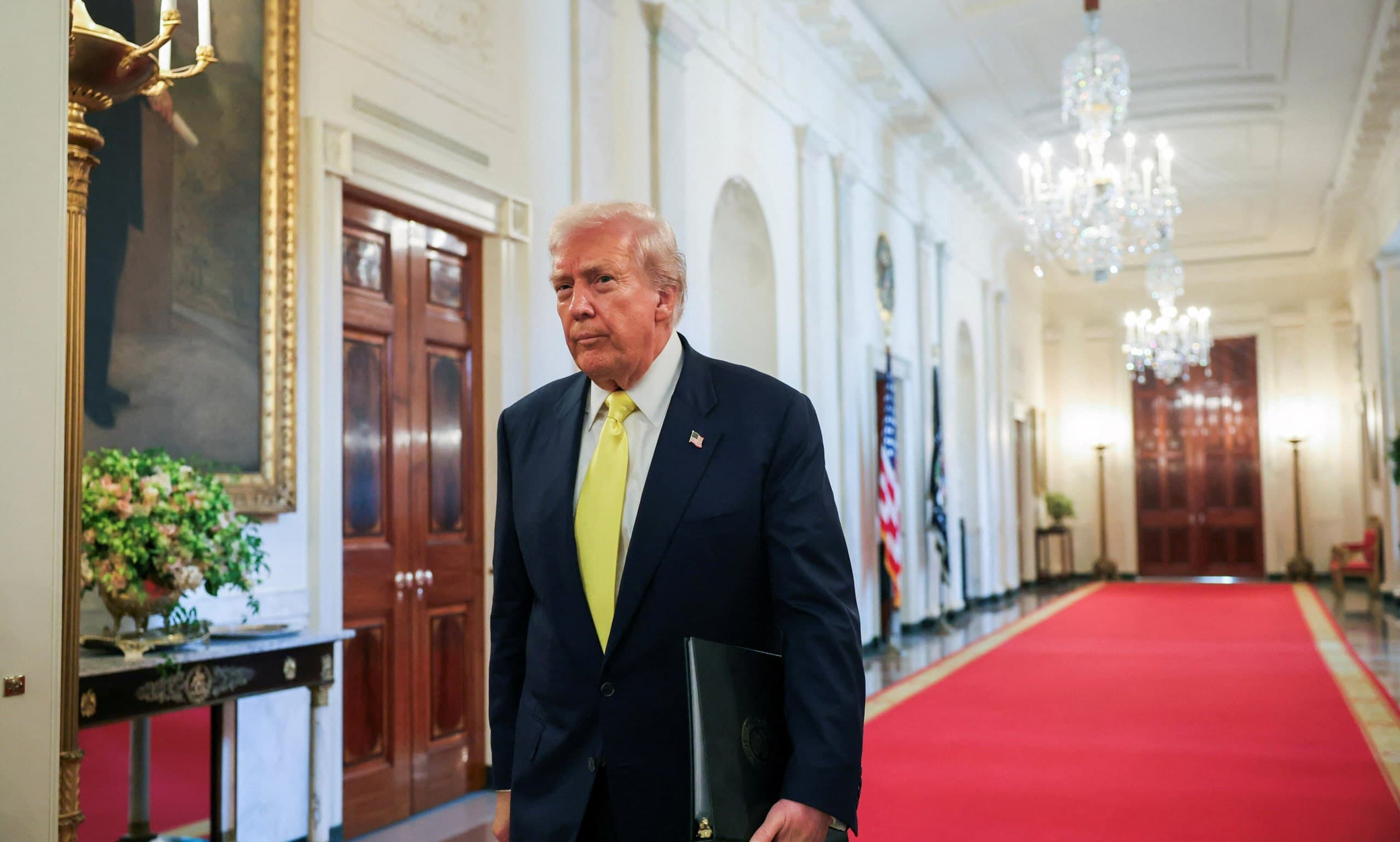Trump Extends Tariff Freeze on Chinese Goods, Averting 145% Rate Surge Amid Trade Talks
In a significant move that could reshape international trade dynamics, President Donald Trump has signed a decree extending the suspension of tariffs on Chinese imports for an additional 90 days. This decision, announced on Sunday, comes just as the previous pause was set to expire on August 12, and follows the latest round of negotiations between the United States and China that took place in late July in Stockholm. The implications of this tariff freeze are substantial, especially considering that without this extension, tariffs on Chinese goods would have surged to a staggering 145%, up from the current rate of 30%.
Background & Context
The trade relationship between the U.S. and China has been fraught with tension, characterized by a series of tariffs and counter-tariffs that have impacted economies worldwide. Since the onset of the trade war initiated by the Trump administration in 2018, tariffs have been a central feature of U.S.-China relations. The current 30% tariff on Chinese imports reflects a strategy aimed at addressing trade imbalances and protecting American industries. However, the potential for tariffs to increase to 145% has raised alarms among economists and business leaders, who warn of possible repercussions including higher consumer prices and disrupted supply chains.
Trump"s decision to extend the tariff freeze is seen as a strategic move to foster goodwill as negotiations between the two nations continue. The discussions in Stockholm reportedly focused on various trade issues, including the pressing need for China to increase its imports of American goods, particularly agricultural products. The recent negotiations represent a critical juncture in U.S.-China relations, where both sides are seeking to stabilize their economic interactions amidst ongoing global uncertainties.
Key Developments
During his announcement, Trump expressed a desire for China to "quickly quadruple" its orders for U.S. soybeans, framing this request as a vital step toward reducing the trade deficit between the two countries. This emphasis on agricultural exports highlights the administration"s focus on sectors that could benefit from increased Chinese demand, potentially providing a lifeline for American farmers who have faced significant challenges in recent years due to fluctuating market conditions and trade barriers.
The extension of the tariff pause also reflects the administration"s recognition of the potential fallout from escalating trade tensions. Analysts suggest that ramping up tariffs further could have led to retaliatory measures from China, exacerbating the trade war and negatively impacting both economies. By delaying the tariff increase, the Trump administration aims to create a more conducive environment for negotiations, potentially paving the way for a more comprehensive trade agreement in the future.
Broader Impact
The decision to prolong the tariff freeze has implications that extend beyond the U.S. and China. Economists warn that a significant increase in tariffs could trigger a ripple effect across global markets, impacting not only American consumers but also international supply chains that rely heavily on Chinese goods. The current 30% tariff is already a burden for many businesses, and a hike to 145% could lead to increased prices for everyday products, from electronics to clothing.
Moreover, the agricultural sector, which Trump has prioritized, could see both benefits and challenges from this decision. While increased soybean exports could boost farmer incomes, the overall uncertainty in trade policy continues to create a volatile environment for agricultural producers. Experts argue that long-term stability in U.S.-China trade relations is essential for fostering growth in this sector, which has been a cornerstone of American exports.
What"s Next
Looking ahead, the next 90 days will be critical for U.S.-China trade relations. Both countries are expected to engage in further negotiations to address outstanding issues, including intellectual property rights, market access, and export controls. The administration"s push for increased agricultural exports, particularly soybeans, will likely remain a focal point of these discussions as both sides seek to reach a mutually beneficial agreement.
As the deadline approaches, market analysts will be closely monitoring developments to gauge the likelihood of a more permanent resolution to the ongoing trade tensions. The outcome of these negotiations will not only influence the economic landscape between the U.S. and China but could also set a precedent for how global trade disputes are managed in the future. With the stakes high, the international community watches closely as the world"s two largest economies navigate this complex and pivotal moment in their relationship.







![[Video] Vladimir Putin delivers speech in military uniform](/_next/image?url=%2Fapi%2Fimage%2Fthumbnails%2Fthumbnail-1764621642413-vh08a-thumbnail.jpg&w=3840&q=75)